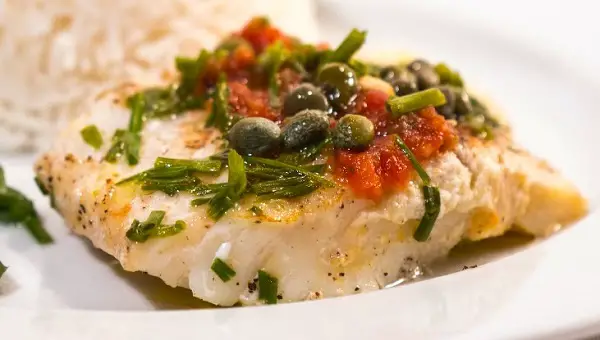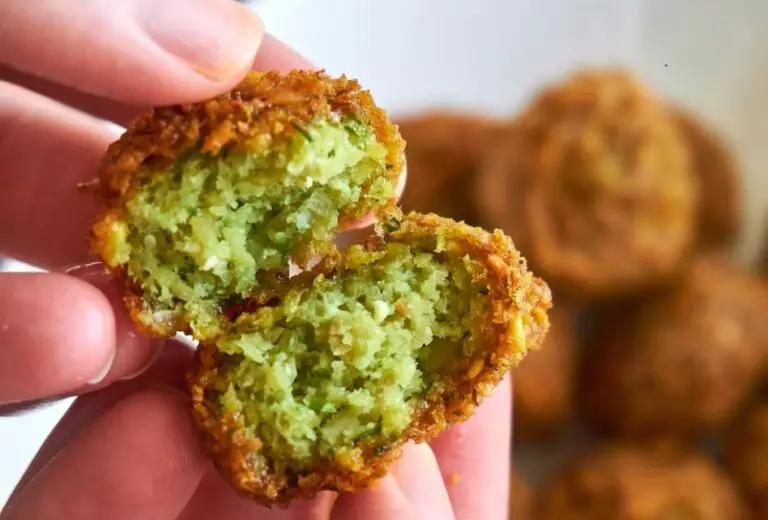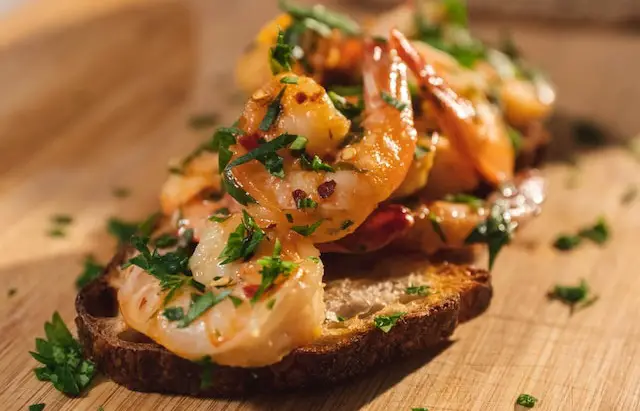The most common culprit for your cod falling apart in the pan? Overcooking. Cod is a flaky white fish, inherently tender and delicate. When it cooks, it naturally starts to fall apart. If you’re not careful with your timing and technique, you’ll end up with a dish that’s far from the appealing, whole fillet you envisioned.
Reasons why your Pan Fried Cod is Falling Apart
Overcooking: As mentioned, the common mistake made by individuals when cooking fish is allowing it to cook too long. Don’t over overcook cod fish, especially before flipping it. Cod fish will begin to flake apart when done. When you try flipping the fish when done, tt will most likely fall apart.
Flipping Too Frequently: A piece of fish on a grill or pan is not like a steak. Fish is delicate and requires minimal handling. The urge to constantly flip or fiddle with the fish while it’s cooking can lead to disastrous outcomes. Each time the fish is moved, there’s a risk of it breaking apart or sticking to the cooking surface.
Using Frozen Cod: With frozen fish portions, there is often a higher moisture content. When cooked, the excess moisture can make it challenging to achieve a nice sear or crust on the fish. This extra moisture can result in a steamed or boiled texture rather than a sautéed or grilled one.
How to Prevent Pan Fried Cod from falling apart
Pre-Cooking Prep: Before cooking, it’s crucial to pat the cod dry using a paper towel and then season it. This preparatory step eliminates unnecessary moisture, setting the stage for an excellent, crisp sear on the fish.
Temperature Tips: Start your cooking process with a high heat setting. Once the exterior of the fish is well-seared, you can depend on the retained heat to cook the inner part of the fish, ensuring a moist and flaky inside.
Mastering the Sear: When it’s time to cook, add a touch of oil to your pan. Wait for the oil to get hot enough that it emits a faint wisp of smoke, especially if using canola oil. As you introduce the fish to the pan, ensure you lay it away from yourself, preventing any potential oil splashes. A quick, gentle swirl of the pan ensures even heat distribution. Employing a fish spatula guarantees that the fish makes full contact with the pan, aiding in achieving that perfect, golden sear.
The Single Flip Strategy: For best results when frying cod, the aim should be to flip it just once. Begin by frying the upward-facing side; after about a minute, carefully turn it over to fry the bottom. This approach helps maintain the fish’s structural integrity and ensures even cooking.
Choosing Your Cod: The type of cod you decide on can greatly influence the outcome of your dish. Fresh fillets are typically superior to their frozen counterparts in texture and flavor. If you find yourself with an exceptionally large fillet or one that includes the loin, it might be beneficial to trim it down a bit, making the cooking process more manageable.
Tips for Perfecting Your Pan Fried Cod
- Skin Benefits: Retaining the skin on your fish isn’t just for flavor—it acts as a protective layer, helping to maintain the cod’s structural integrity during the cooking process.
- The Broiling Alternative: Struggling with pan-searing? Give broiling a shot. This method rapidly cooks the exterior of the cod, achieving a delectable golden hue, while ensuring the inside remains perfectly tender and moist.
- Parchment Paper Magic: Known as the “en papillote” technique, this involves enclosing the fish in a parchment paper pouch. The fish effectively steams within this pouch, resulting in a moist and flavorful dish, retaining all its natural juices and tenderness.
- The Mayo and Crumbs Method: Begin by placing your cod fillet in a baking dish. Coat the fish with a light layer of mayonnaise, then sprinkle over some seasoned bread crumbs. Roast the arrangement at 400°F, ensuring it’s just shy of fully cooked. After removing from the oven, tent with aluminum foil for about 5 minutes to let it finish cooking with residual heat, and then it’s ready to be enjoyed.
- Mindful Cooking: It’s easy to get carried away when cooking on high heat, thinking the fish needs extensive time on one side. While it’s essential to give it a proper sear, be cautious not to overdo it. When you’re ready to flip the fish, reduce the cooking time on the reverse side to avoid overcooking.



